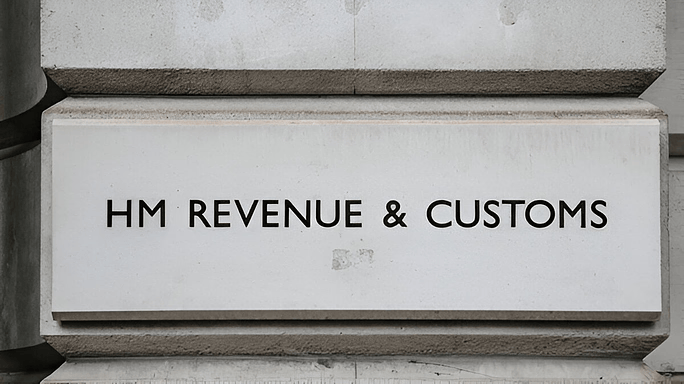
Unlocking Equity: What is Equity Release, and How Does it Work?
When you take a mortgage against your property without selling it, it’s called equity release. This allows you to access the equity, which is part of your home’s value. However, equity release can be complex, so it’s important to understand its pros and cons, as well as how it works, in order to make the most of it.
The main benefit of equity release is you can continue living in your home while making repayments. If the borrower passes away or moves into long-term care, the borrowed amount is repaid through the sale of the house.
Types of Equity Release
Home reversion and lifetime mortgages are the two most common types of equity release in the UK.
- Lifetime mortgage: With this mortgage, you are able to borrow money against the value of your home, and the loan is repaid when the home is sold, either partially or fully. This option is typically available to homeowners aged 55 or older. You can continue to live in the home and won’t need to repay the mortgage until it’s sold. However, interest accumulates over time and is added to the loan balance when you make the final payment. If you can afford it, you have the option to make monthly payments.
- Home reversion plan – With a home reversion plan, you sell part of your home or whole house to a reversion company in exchange for a lumpsum amount or regular payments. You can continue to live in the house, and the reversion company receives its share when the home is eventually sold.
In both cases, homeowners must meet specific eligibility criteria to qualify for these schemes.

Why Choose Equity Release?
Homeowners often prefer equity release for several reasons:
- You can remain in your home for life without paying rent.
- Repayment options are flexible, and in some cases, you may not need to make any payments.
- The loan and interest are typically paid off when the home is sold, which usually happens upon your death or if you move into long-term care homes.
To find out how much equity you can release from your home, you can consult with a professional or use an online equity release calculator. However, equity release carries certain risks, so it’s recommended to seek help from financial experts or a mortgage broker before proceeding.

How Equity Release Works?
Equity is a valuable part of the home you live in. If you still have a mortgage, your home equity is the home’s current market value minus the remaining mortgage balance. Homeowners aged 55 or older can borrow against this equity without needing to sell the home.
Equity release can be taken in the following forms:
- Lump sum cash: Lenders typically offer a minimum amount of £10,000.
- Drawdown option: This allows you to take smaller amounts as regular income or whenever you need it.
- Combination: You can also choose a mix of the two options.
While equity release can be a way to raise funds, it is an expensive option. If you opt for equity release early in your homeownership, you will have the loan for a longer period, meaning you will pay more interest over time. It’s important to view it as a long-term commitment. This decision can have significant implications for things like inheritance, future plans, and eligibility for benefits.
Are There Any Alternatives?
Since equity release can be expensive and complex, it’s wise to explore other options if you need to raise cash. Consulting with a mortgage advisor and/or financial expert is highly advised before making any decisions.
Here are a few alternatives to equity release:
1. Downsize to a Smaller Home
Downsizing is a common alternative. This involves selling your current home & moving to a smaller property, allowing you to free up equity and use the proceeds from the sale to meet your financial needs.
2. Retirement Interest-Only Mortgage
If you’re able to make monthly payments, a retirement interest-only mortgage may be a better option. With this type of mortgage, you only pay the interest each month, and the principal is repaid when you sell the home, pass away, or move into long-term care.
3. Use Savings or Cash-In Other Investments
If you have savings or other investments, consider using them before opting for equity release. This can help you avoid the long-term commitment and interest costs associated with borrowing against your home.

Pros and cons of equity release
| Pros | Cons |
| Cash received is tax-free, and the drawdown option offers tax-free regular income.You can remain in your home, using funds for home improvements or adaptations.Flexible repayment options: monthly payments or repayment at the end.Potential for increased home value due to rising property prices.Joint borrowers can continue living in the home after a partner’s death or move to long-term care.Funds can be used for any financial need or larger purchases.Less strict affordability assessments compared to standard mortgages. | It can affect certain benefits or entitlements (e.g., state benefits, council tax reduction).Interest rates on lifetime mortgages are typically higher, leading to more debt over time.Additional fees for solicitors, advisors, and valuations (typically £1,500 – £3,000).Equity in your home may be needed later for long-term care, which could be impacted by equity release.Lifestyle limitations, such as restrictions on leaving the home for long periods or making structural changes.Mortgage debt increases over time, potentially leaving little inheritance for heirs after the loan is repaid. |
Points to Remember:
- It’s not advisable to use equity release to pay off outstanding debts.
- If considering equity release for long-term care costs for yourself or a partner, check with your local authority to determine if you qualify for support, which may be a better option.
- Equity release is best used when you need immediate access to lump sum cash or if you’ve already paid off a significant portion of your mortgage.
Have questions about equity release? Contact Cangaf Accountants, and we’ll guide you through the process.
FAQs:
How can I use the funds from the equity release?
People typically use the funds for retirement planning, major home improvements, paying off a second mortgage or debt, buying a second property, celebrating family events, or going on a vacation.
What are the costs associated with equity release?
Equity release is best suited for those who need a large sum of money quickly and have already paid off a considerable part of their mortgage. Costs include solicitor’s fees, surveyor’s fees, advisory fees, interest, application fees, and early repayment fees.
Can I sell my home with equity release?
Yes, you can sell your house with equity release, but the mortgage and accumulated interest must be paid off from the sale proceeds. An early repayment fee may also apply.
Useful links!
Citizens Advice: Mortgages and Secured Loans
This page offers an overview of equity release schemes, explaining how they allow homeowners to access the value of their property without moving out.
Citizens Advice Scotland: Housing Options for Older People
This resource discusses equity release as a means for older individuals to obtain funds from their home, either as a lump sum or regular income.
Citizens Advice: Help Dealing with Mortgage Debts
This page provides information on equity release as an option for homeowners facing mortgage difficulties, detailing how the loan is repaid upon moving into long-term care or after death.


